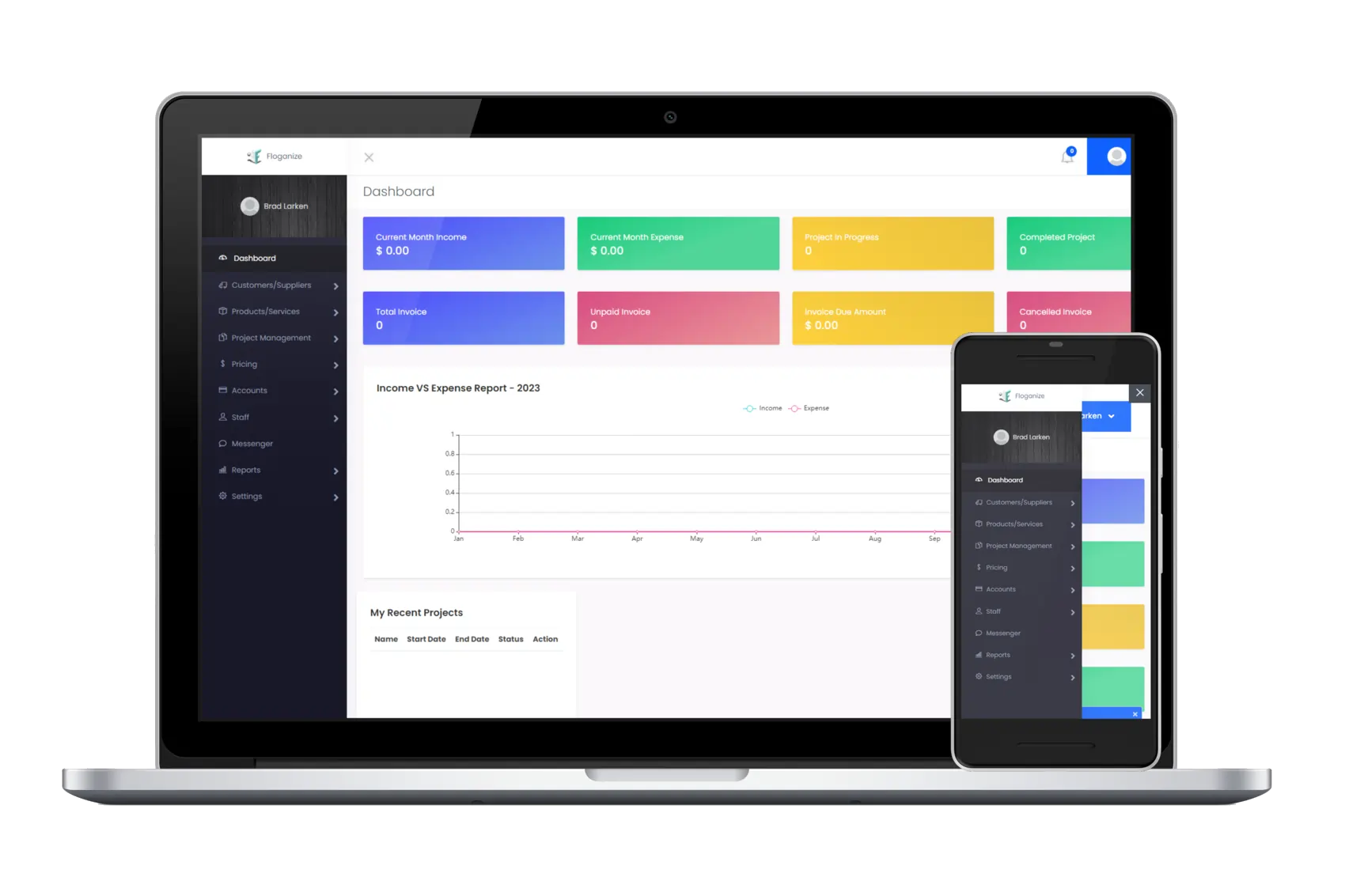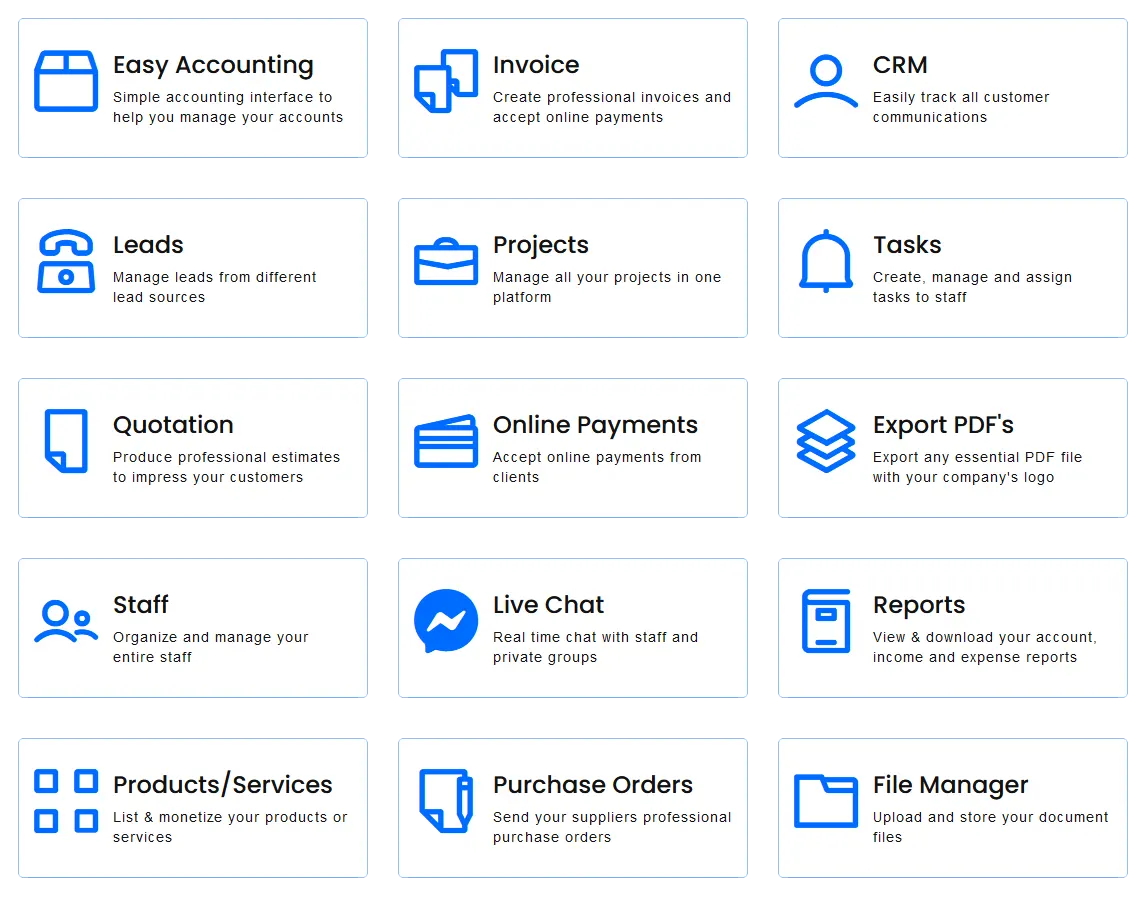Unleashing Project Potential: The Art of Work Structure Breakdown
What Is a Work Structure Breakdown?

A work structure breakdown is an organizational tool that divides a complex task or project into smaller, more manageable components. It outlines the responsibilities of each team member, clarifying the roles and expectations for each individual. This structure helps to ensure that all aspects of the project are covered, improving accountability and communication among team members.
In addition, a work structure breakdown can be represented in various formats, such as a flowchart, a Gantt chart, or a table. The goal of a work structure breakdown is to improve efficiency and collaboration in the completion of the task or project.
What Does a Work Structure Breakdown Consist Of?
A work structure breakdown typically consists of the following elements:
1. Project scope: A clear definition of the project’s goals and objectives, and the scope of work to be accomplished.
2. Tasks: A list of smaller, more manageable tasks that make up the project.
3. Responsibilities: The responsibilities of each team member, and the tasks assigned to them.
4. Structure: A representation of the work structure breakdown in a format that works best for the team.
5. Progress tracking: A system for monitoring and tracking the progress of each task.
6. Communication: A clear and concise method for communicating the breakdown to the team and ensuring that everyone understands their roles and responsibilities.
7. Adjustments: A plan for making adjustments to this structured breakdown as needed to ensure that the project stays on track and that all aspects of the project are covered.
By including these elements, organizations can better coordinate their efforts, avoid confusion and misunderstandings, and increase the chances of a successful project outcome.
The Benefits of Utilizing a Work Structure Breakdown
A work structure breakdown has several benefits, including:
1. Improved clarity: It helps to clarify roles, responsibilities, and expectations for each team member.
2. Enhanced accountability: By clearly defining responsibilities, a work structure breakdown helps to ensure accountability for each task.
3. Increased efficiency: With a clear understanding of roles and responsibilities, team members can work more efficiently, reducing the potential for duplicated efforts or misunderstandings.
4. Better collaboration: A well-structured breakdown can foster better collaboration and communication among team members.
5. Reduced confusion: It helps to reduce confusion and misunderstandings, leading to smoother operations and improved overall performance.
How to Use a Work Structure Breakdown Effectively

To use a work structure breakdown effectively, you can follow these steps:
1. Determine the goals and objectives of the project, and define the scope of work that needs to be accomplished.
2. Break down the project into smaller, more manageable tasks. Consider the dependencies between tasks, and prioritize the tasks based on importance and urgency.
3. Assign each task to a specific team member, clearly defining their responsibilities and the expected outcome.
4. Represent the breakdown in a format that works best for your team, such as a flowchart, a Gantt chart, or a table.
5. Share it with the team, ensuring that everyone understands their roles and responsibilities.
6. Regularly review and update the breakdown to ensure that the project is on track and that team members are making progress as expected.
7. As the project progresses, make adjustments to the work structure breakdown as needed to ensure that the project stays on track and that all aspects of the project are covered.
8. Use a project management software (like Floganize) to assist with the creation, management, and visualization of your structured breakdown.
By using a work structure breakdown, you can ensure that everyone is working together towards a common goal, and that all aspects of the project are completed efficiently and effectively.
The Best Time to Use a Work Structure Breakdown
A work structure breakdown is best used at the beginning of a project, when the task or project is still in the planning stages. By breaking down the work into smaller components, team members can better understand their individual responsibilities and the timeline for completion. This clarity helps to ensure that all aspects of the project are covered and reduces the risk of confusion, duplication of effort, and missed deadlines.
Furthermore, this structured breakdown is also useful for complex tasks or projects that involve multiple people, as it helps to coordinate the work of different team members and promote efficient collaboration. In summary, the best time to use this structure is at the start of a project to establish clarity and accountability, and to ensure a successful outcome.
Who Should Utilize a Work Structure Breakdown?
A work structure breakdown can be useful for any team or organization that is responsible for managing complex tasks or projects. This includes but is not limited to:
1. Project managers and project teams: Project managers and teams can use these breakdowns to organize and manage projects, clarify roles and responsibilities, and ensure accountability.
2. Small business owners: Small business owners can use these breakdowns to manage their operations and ensure that all aspects of the business are covered.
3. Government agencies: Government agencies can use these breakdowns to manage their operations, ensure accountability, and improve efficiency and collaboration.
4. Non-profit organizations: Non-profit organizations can use these breakdowns to manage their operations and ensure that all aspects of their mission are covered.
5. Freelancers: Freelancers can use work structure breakdowns to manage their work and ensure that all aspects of a project are covered.
By utilizing a work structure breakdown, these teams and organizations can better coordinate their efforts, avoid confusion and misunderstandings, and increase the chances of a successful project outcome.
Which Industries Can Use This Structure?

This structure can be utilized in any industry or field that involves managing complex tasks or projects. Some examples include:
1. Construction: With this structure, construction teams can manage building projects and ensure that each aspect is addressed.
2. Information technology: A structured approach can help IT teams manage software development projects and ensure that all aspects are covered.
3. Manufacturing: By using this structure, manufacturing teams can ensure all aspects of the project are addressed.
4. Marketing and advertising: The structure can be used by marketing and advertising teams to manage campaigns and ensure that all aspects are taken into consideration.
5. Healthcare: It can be used by healthcare teams to manage patient care and ensure that all aspects of their treatment plan are covered.
These are just a few examples of the many industries and fields where a work structure breakdown can be utilized. Essentially, it can be used in any industry or field that requires the coordination and management of complex tasks or projects.
Work Structure Breakdown Summary
A work structure breakdown is an organizational technique that breaks down a large project or activity into smaller, easier-to-manage parts. Clarifying duties and responsibilities, ensuring responsibility, and enhancing efficiency and teamwork are the objectives. When a task or project is still in the planning stages, the beginning of the project is the optimal time to use it.
In order to use a work structure breakdown, you must first define the project’s scope, identify the tasks, allocate responsibilities, create the structure, communicate the structure, monitor the progress, and make any necessary adjustments.
Floganize – The All-In-One Business Management Software
If you want to learn about our powerful business management software, then please click here to view the Floganize tutorials educational page. You can sign up today for a free 14-day trial! Simply click here and enjoy all of the powerful features that will simplify your daily business tasks!


